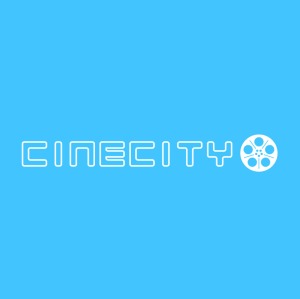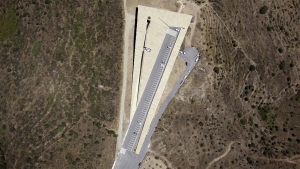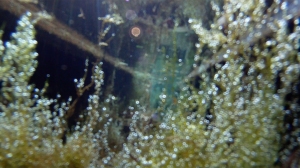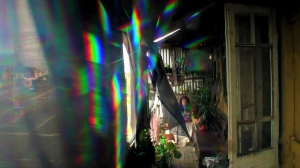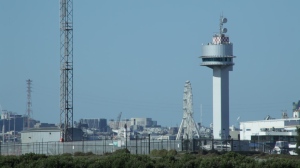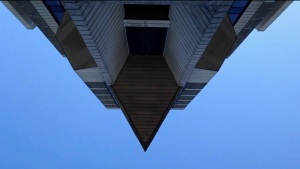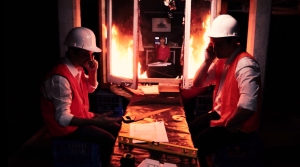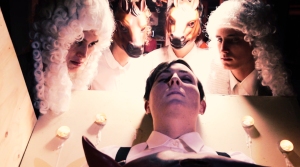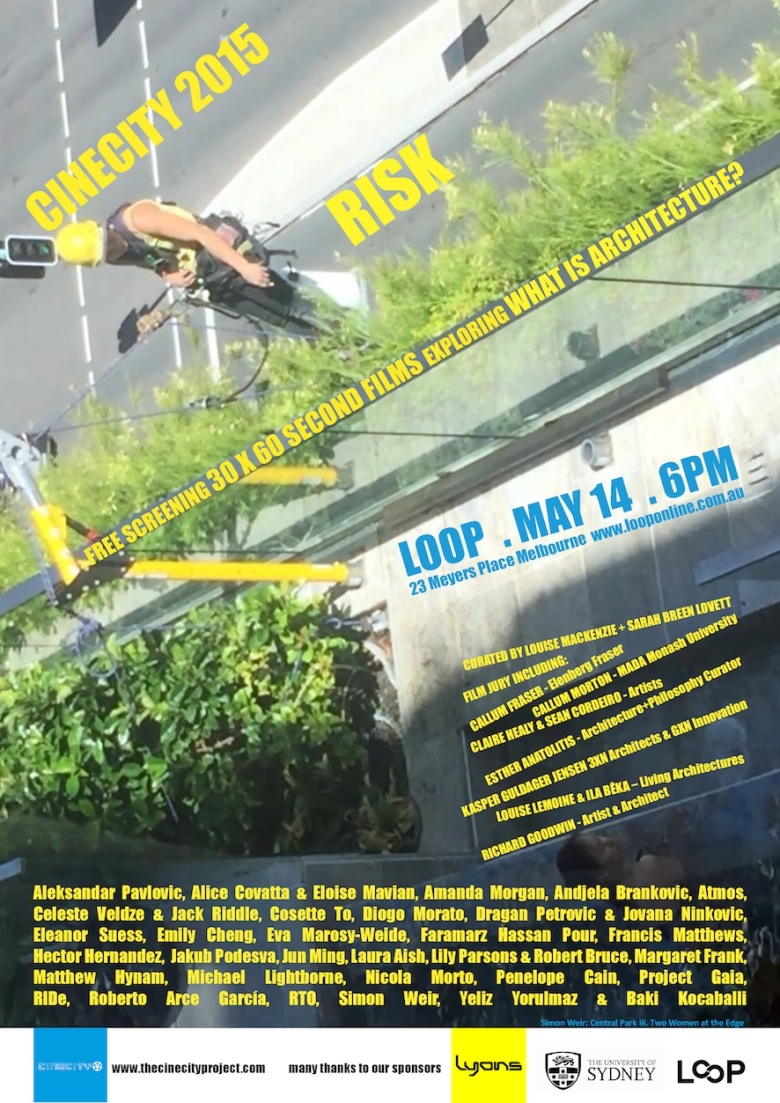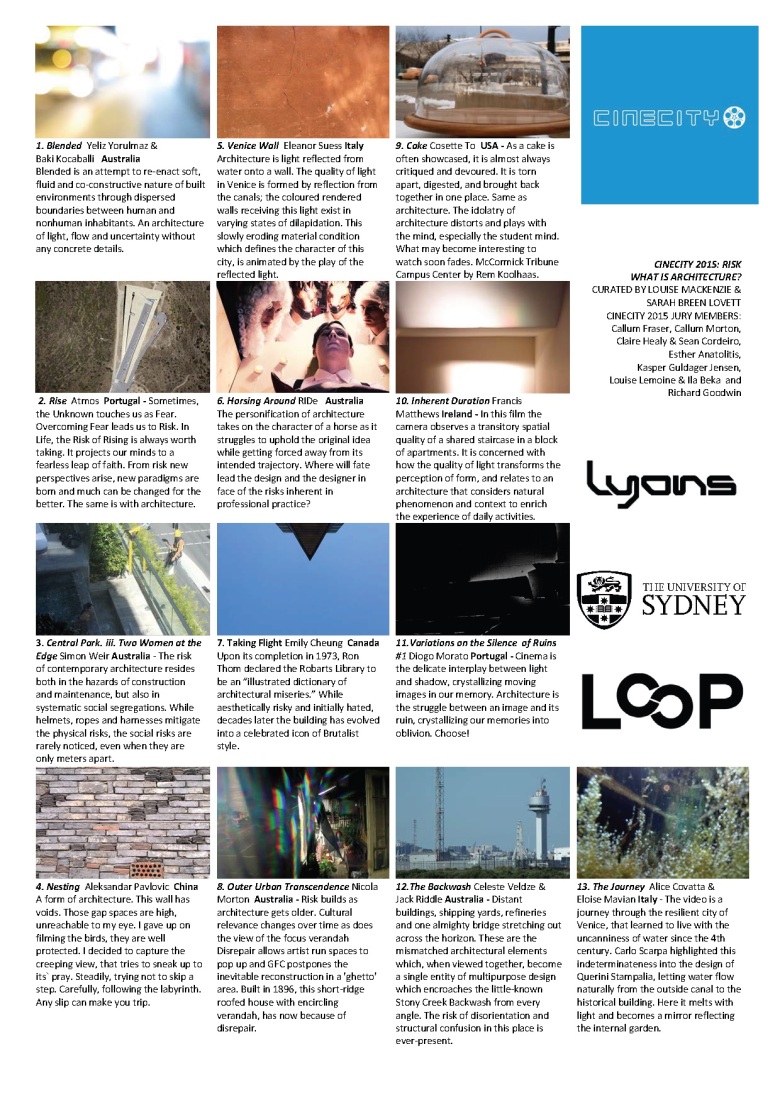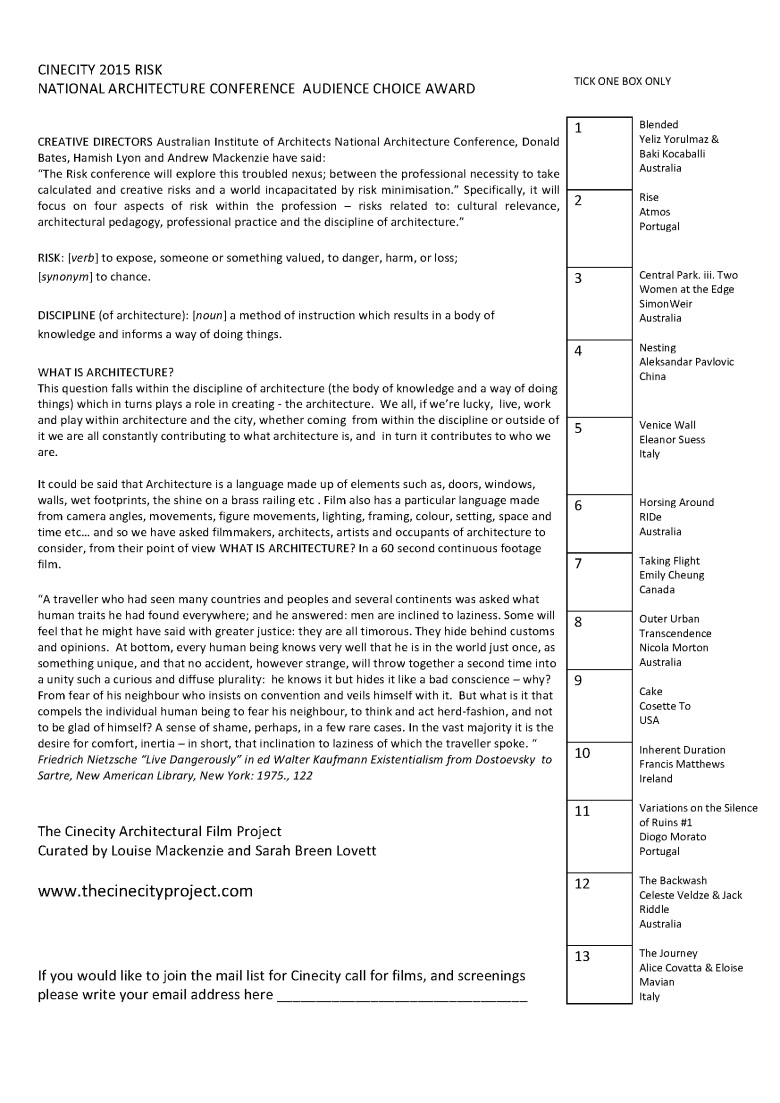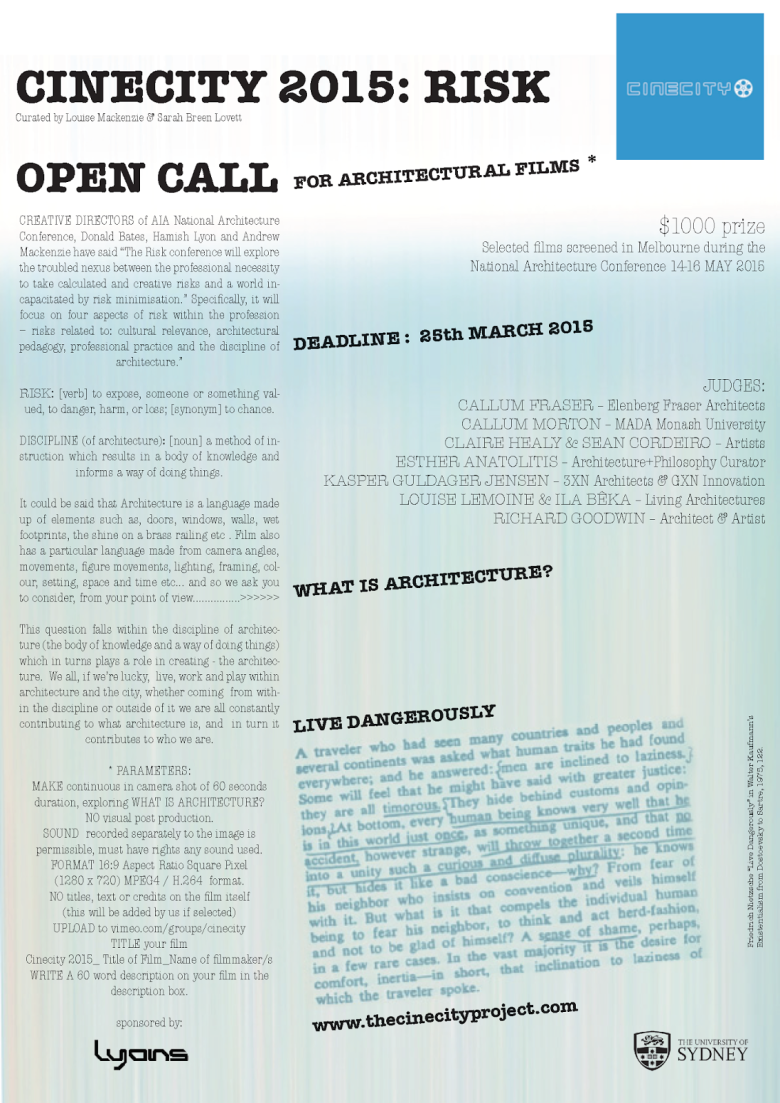CINECITY 2015
CINECITY 2015: RISK
1X MINUTE FILMS EXPLORING ARCHITECTURE AND THE CITY
CINECITY 2015: RISK The Judges first choice films and Overall winner.
The CREATIVE DIRECTORS of the National Architecture Conference this year explored the “nexus between the need to take creative risks in and a world incapacitated by risk minimisation.” Donald Bates, Andrew Mackenzie, Hamish Lyon
The Conference Directors chose 4x aspects of architecture to explore this theme. In writing this year’s CINECITY brief we chose their 4th one – The discipline of architecture.
DISCIPLINE (of architecture): [noun] a method of instruction which results in a body of knowledge and informs a way of doing things.
RISK: [verb] to expose, someone or something valued, to danger, harm, or loss; [synonym] to chance.
Friedrich Nietzsche, in a piece called Live Dangerously, asks “… what is it that compels the individual human being to fear his neighbour, to think and act herd-fashion, and not to be glad of himself? “
In few rare cases he suggests it’s shame but overwhelming it is a desire for comfort, inertia.
So in light of this we asked the filmmakers what is architecture – to you?
In watching the films I ask myself what is architecture to this person – the risk here is change, perhaps and possibly, a change in definition, in the understanding of what architecture is and what it can be – a shift in the body of knowledge that informs the way we do things.
CALLUM FRAZER First Choice:
CALLUM MORTON First Choice:
CLAIRE HEALY First Choice:
ESTHER ANATOLITIS First Choice:
Esther Anatolitis Highly Commended: Cake Cosette To
Esther Anatolitis Highly Commended: Inherent Duration Francis Matthews
KASPER GULDAGER JENSEN First Choice:
LOUISE LEMOINE & ILA BÊKA First Choice:
Lemoine & Beka Highly Commended: The Journey Alice Covatta & Eloise Mavian
RICHARD GOODWIN First Choice:
Richard Goodwin Highly Commended: Variations on the silence of Ruins #1 Diogo Morato
Richard Goodwin Highly Commended: In Haste Margaret Frank
SEAN CORDEIRO First Choice:
THE SHORTLIST OF 30x FILMS WAS PUT FORWARD TO THE PANEL OF ESTEEMED JUDGES. EACH JUDGE CHOSE AND SCORED THEIR FIRST CHOICE FILM. THE OVERALL WINNER OF THE PRIZE OF $1000 AUD GOES TO:
HORSING AROUND by RIDE
CONGRATULATIONS!!
THE CINECITY ARCHITECTURAL FILM PROJECT is curated by LOUISE MACKENZIE & SARAH BREEN LOVETT cinecity@thecinecityproject.com If you would like to see the FILMS (or see them again) please go to our vimeo page via our website www.thecinecityproject.com THANK YOU TO OUR SUPPORTERS: LYONS – THE UNIVERSITY OF SYDNEY – LOOP
On the 16 May 2015 an additional screening of 13 of the CINECITY 2015: RISK films was held at the Australian Institute of Architects National Architecture Conference.
The curators created for this conference screening a further short list from the CINECITY 2015 films which explored the conference theme and adhered to the Cinecity submission format.
There was an audience choice prize which was awarded to:
Taking Flight by Emily Cheng
CONGRATULATIONS! Emily
This prize was kindly provided by the Australian Institute of Architects
Please see the films which screened below:
POSTER BY SARAH BREEN LOVETT
- CINECITY2015 RISK: CALL FOR FILMS
60 second films exploring architectural ideasCINECITY Architectural Film Project invites submissions 60 secondunedited* architectural films which explore the theme: RISK: by asking the question, from your point of view, WHAT IS ARCHITECTURE?**Cinecityis an architectural film project that has been running since 2009 wherefilmmakers, architects, artists, academics and members of the general publicare invited to make 60 second unedited* films exploring architectural ideas inrelation to the theme of the annual National Architecture Conference.
This year the 2015 theme of theNational Architecture Conference is RISK. The CREATIVE DIRECTORS of theConference, Donald Bates, Hamish Lyon and Andrew Mackenzie state that “The Riskconference will explore this troubled nexus; between the professional necessity to takecalculated and creative risks and a world incapacitated by riskminimisation.” Specifically, it willfocus on four aspects of risk within the profession – risks related to:cultural relevance, architectural pedagogy, professional practice and thediscipline of architecture.”
We all, if we’re lucky, live, work and play within architecture and the city; whether coming from within the discipline or outside of itwe are all constantly contributing to what architecture is, and in turn it contributes to who we are. This question falls within the discipline of architecture (the body of knowledge and a way of doing things) which in turns plays a role in creating – the architecture.
As architecture may have a kind of language – its elements being perhaps, doors, windows, wall, the sun, and wet footprints, the shine on a brass railing etc – films also have a particular language, so using the medium of film (but without editing) that is using camera angles, camera movements, figure movements, lighting, framing, colour,setting, space and time etc we ask you to consider, from your point of view, the question filmicly.
30 shortlisted films, which explore What is Architecture? and adhere tothe CINECITY submission format, will be selected by the curators and putforward to the panel of esteemed judges. Each judge will choose and score theirtop film. The overall first place prize is $1000 AUD.
JUDGES:
We areproud to announce that the Judges for CINECITY 2015 are:
CALLUMMORTON – MADA Monash University
CALLUMFRASER – Elenberg Fraser Architects
CLAIREHEALY & SEAN CORDEIRO – Artists
ESTHERANATOLITIS – Architecture & Philosophy Curator
KASPER GULDAGER JENSEN 3XNArchitects & GXN Innovation
LOUISELEMOINE & ILA BÊKA – LivingArchitectures
RICHARD GOODWIN – Artist& Architect
SCREENING:Selected films by the Curators,and Judges will be screened in Melbourne May 2015.
SUBMISSION FORMAT:
* Forinformation on submission format and how to enter go tothecinecityproject.com
JUDGES:
We areproud to announce that the Judges for CINECITY 2015 are:
CALLUMMORTON – MADA Monash University
CALLUMFRASER – Elenberg Fraser Architects
CLAIREHEALY & SEAN CORDEIRO – Artists
ESTHERANATOLITIS – Architecture & Philosophy Curator
KASPER GULDAGER JENSEN 3XNArchitects & GXN Innovation
LOUISELEMOINE & ILA BÊKA – LivingArchitectures
RICHARD GOODWIN – Artist& Architect
SCREENING:Selected films by the Curators,and Judges will be screened in Melbourne May 2015.
SUBMISSION FORMAT:
* Forinformation on submission format and how to enter go tothecinecityproject.com
DEADLINE: 25 MARCH 2015 5pm AEST
CINECITY 2015 issupported by LYONS ARCHITECTS and THEUNIVERSITY OF SYDNEY
FOR MORE INFORMATION CONTACT: Curators: Louise Mackenzie & Sarah BreenLovettcinecity@thecinecityproject.com
CINECITY 2015 issupported by LYONS ARCHITECTS and THEUNIVERSITY OF SYDNEY
FOR MORE INFORMATION CONTACT: Curators: Louise Mackenzie & Sarah BreenLovettcinecity@thecinecityproject.com
**RISK: [verb] to expose, someone or something valued, to danger,harm, or loss; [synonym] to chance.
**DISCIPLINE (of architecture):[noun] a method of instruction which results in a body of knowledge and informs a way of doing things.
**LIVE DANGEROUSLY “A traveller who had seen many countries and peoples and several continents was asked what human traits he had found everywhere; and he answered: men are inclined to laziness. Some will feel that he might have said with greater justice: they are all timorous. They hide behind customs and opinions. At bottom, every human being knows very wellthat he is in the world just once, as something unique, and that no accident,however strange, will throw together a second time into a unity such a curiousand diffuse plurality: he knows it but hides it like a bad conscience – why? From fear of his neighbour who insists onconvention and veils himself with it. But what is it that compels the individual human being to fear hisneighbour, to think and act herd-fashion, and not to be glad of himself? A sense of shame, perhaps, in a few rare cases. In the vast majority it is the desire for comfort, inertia – in short, that inclination to laziness of which the traveller spoke. “ Friedrich Nietzsche “LiveDangerously” in ed Walter Kaufmann Existentialism from Dostoevsky to Sartre,New American Library, New York: 1975. (Page 122)
**DISCIPLINE (of architecture):[noun] a method of instruction which results in a body of knowledge and informs a way of doing things.
**LIVE DANGEROUSLY “A traveller who had seen many countries and peoples and several continents was asked what human traits he had found everywhere; and he answered: men are inclined to laziness. Some will feel that he might have said with greater justice: they are all timorous. They hide behind customs and opinions. At bottom, every human being knows very wellthat he is in the world just once, as something unique, and that no accident,however strange, will throw together a second time into a unity such a curiousand diffuse plurality: he knows it but hides it like a bad conscience – why? From fear of his neighbour who insists onconvention and veils himself with it. But what is it that compels the individual human being to fear hisneighbour, to think and act herd-fashion, and not to be glad of himself? A sense of shame, perhaps, in a few rare cases. In the vast majority it is the desire for comfort, inertia – in short, that inclination to laziness of which the traveller spoke. “ Friedrich Nietzsche “LiveDangerously” in ed Walter Kaufmann Existentialism from Dostoevsky to Sartre,New American Library, New York: 1975. (Page 122)
